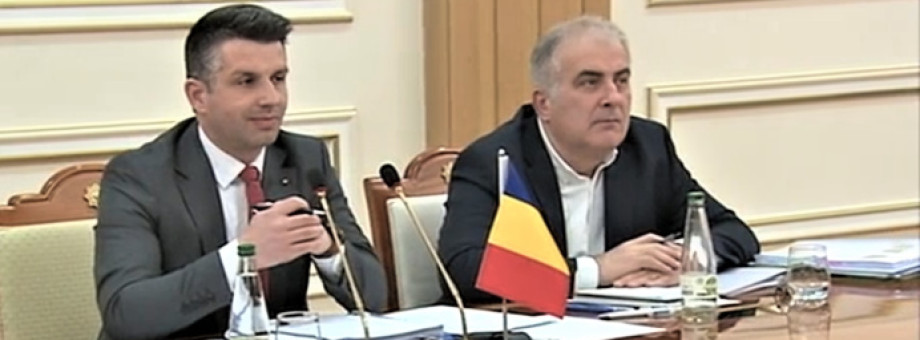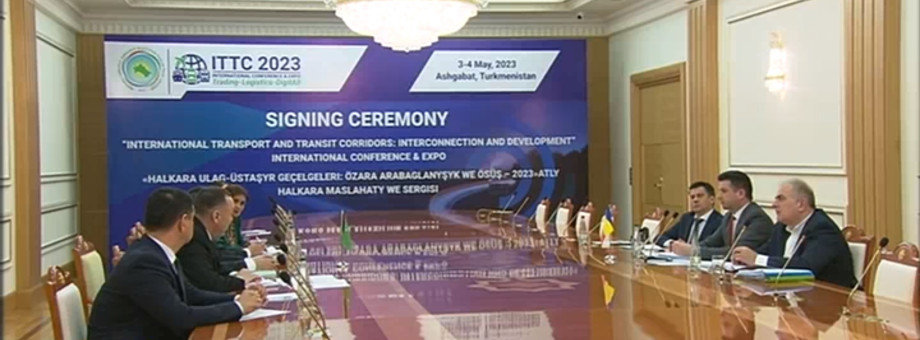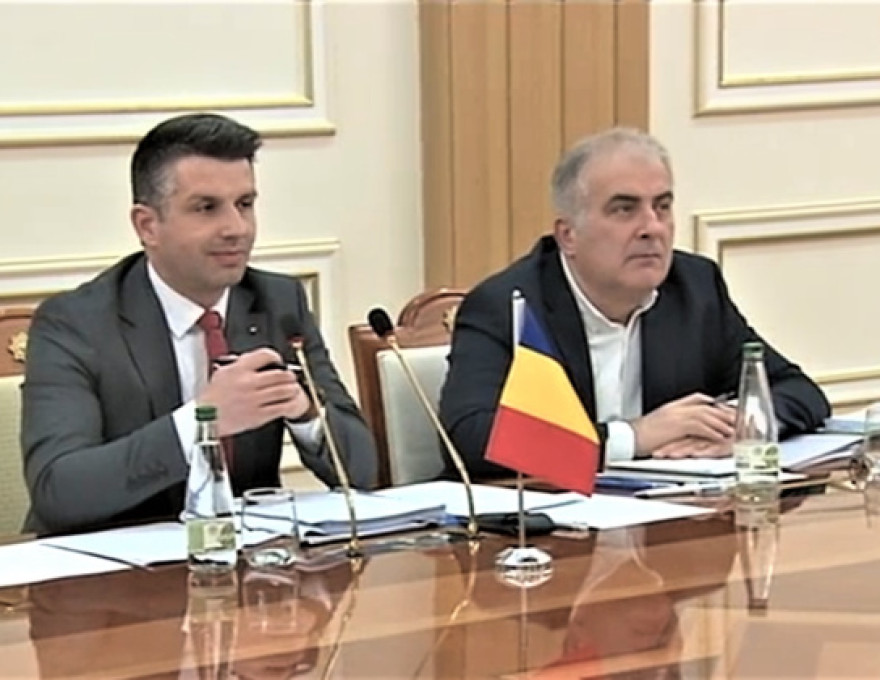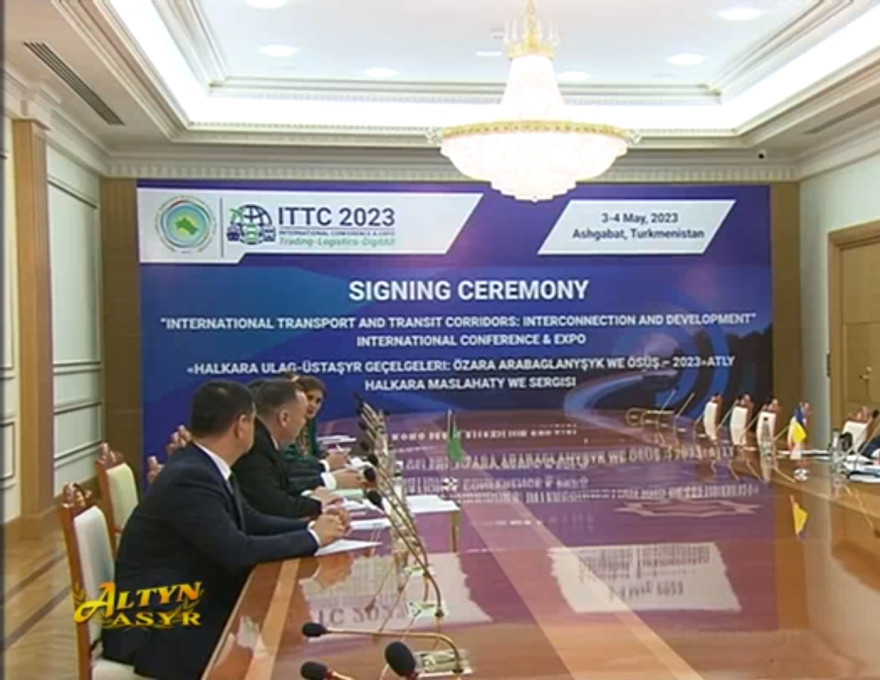A MEETING OF THE TURKMEN-ROMANIAN COMMISSION ON MOTOR TRANSPORT WAS HELD IN ASHGABAT
The second meeting of the Turkmen-Romanian Commission on Motor Transport was held on Tuesday, May 2, in Ashgabat. The event was held on the sidelines of the international forum on transport and transit corridors, which will open on Wednesday.
In addition, today, representatives of the Turkmenawtotransport Agency held talks with the Romanian delegation headed by Adrian Fogish, Vice Minister of Transport and Infrastructure and coordinator of the working group on the implementation of the strategic project of the Black Sea-Caspian International Transport Corridor.
During the meeting, issues related to cargo transportation between the two countries were discussed, information was exchanged on the capabilities of the transport departments of the two countries. The topic of the Black Sea-Caspian Sea corridor was touched upon, in the context of which work is underway on a draft agreement between the Governments of Turkmenistan, Romania, Georgia and Azerbaijan on the creation and operation of this cargo transport route.
This is a project launched by Romania and Turkmenistan more than 10 years ago, in 2012, and aimed at creating an intermodal transport route (sea/river and road/rail transport) between Central and Northern Europe, the South Caucasus and Central Asia. For the Asia–Pacific countries, this is also a profitable opportunity to use the corridor with the ports of Constanta, Poti, Batumi, Baku/Alat and Turkmenbashi.
For the smooth implementation of transportation along the Black Sea-Caspian route, it is necessary to coordinate simplified procedures for issuing visas, customs declarations and other accompanying electronic documents in a quadrilateral format.
The first meeting of the Turkmen-Romanian Road Transport Commission was held in November 2022.
In recent years, there has been a significant increase in trade turnover between the two countries. Romania supplies Turkmenistan mainly with equipment, metal products, medicines and a number of other goods, and textile, light and chemical industry products, construction materials, petroleum products, etc. go in the opposite direction.
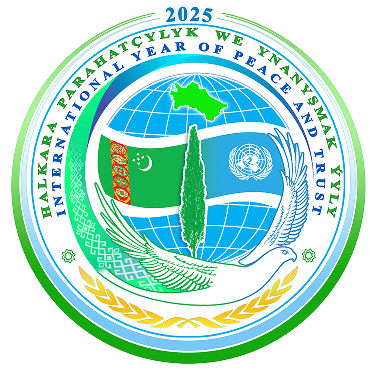

 STIRI
STIRI
